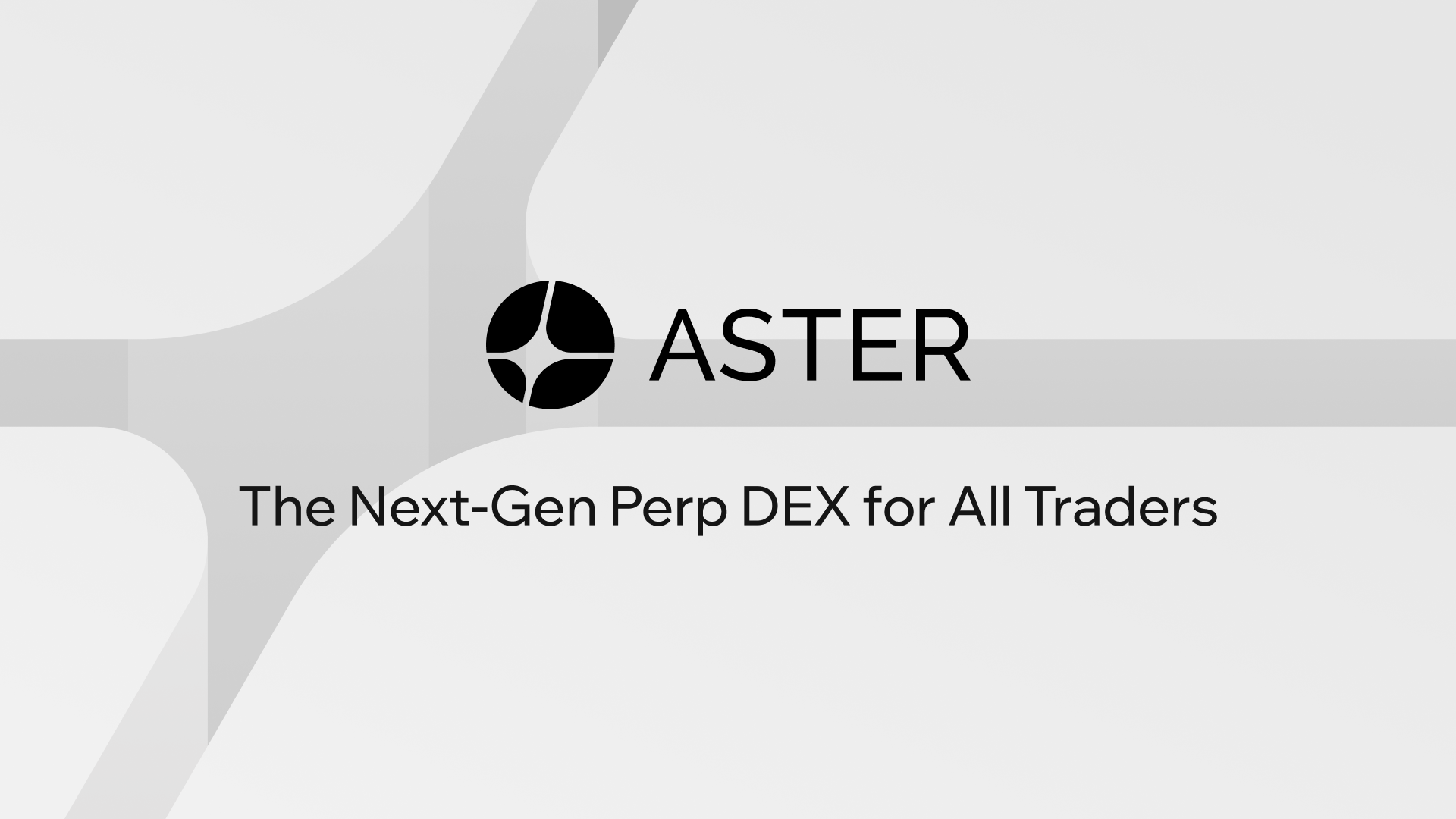.

Menu
June 15, 2025 | by orientco

Whoa!
I got hooked on Polkadot months ago.
At first it was the low fees that grabbed my attention, then the composability, and finally the governance mechanics that felt different from the usual DeFi noise.
I’m biased, but there are few ecosystems where staking rewards and DEX-native governance tokens move in sync with trader incentives the way they can on Polkadot.
When you stitch those pieces together—staking, a DEX, token governance—you get a system that can actually reward patient traders and active voters while keeping fees tight, though it isn’t without trade-offs that deserve a straight talk.
Really?
Yes—fee compression changes behavior.
Traders react fast when fees drop, moving liquidity and altering reward curves.
Initially I thought lower fees would always be win-win; actually, wait—let me rephrase that: lower fees do help traders, but they also pressure LP yields and force new incentive models.
On one hand you get more volume, though actually liquidity providers may need token emissions or governance-driven rewards to stay, which complicates tokenomics and long-term sustainability.
Here’s the thing.
Staking rewards on Polkadot are not just passive income.
They influence consensus security and economic alignment across parachains.
My instinct said “stake more,” but then I saw how governance tokens tied to a DEX can reroute rewards to active strategies, and that changed my approach—big time, in practice and in strategy.
Hmm…
Aster DEX (yeah, check the aster dex official site for context) plays into this by proposing a lightweight, low-fee environment on Polkadot where governance tokens can actually mean something for everyday traders.
Okay, so check this out—when governance tokens are given to LPs or stakers, you create a feedback loop: participants earn rewards and also shape the rules that decide future rewards.
That loop can be stabilizing if the protocol balances emissions, on-chain voting, and fee sharing, though the devil is always in the distribution schedule and quorum mechanics.
I’m not 100% sure any single model is perfect yet, but I have seen promising designs that begin to solve the “who pays for liquidity” puzzle without burning through token supplies.
Whoa!
Risk is everywhere.
Smart contracts, slashing risk, and token inflation can all eat your returns.
I learned this the hard way—small mistakes compound fast when leverage and impermanent loss are in play.
So the real trick is designing incentives that reward long-term alignment and penalize short-term gaming, which is easier said than done.

Seriously?
Yes—this gets nerdy but stick with me.
Staking rewards: you lock DOT or a parachain token to secure the network and earn epoch-based payouts.
Governance tokens: these are often issued by a DEX to reward liquidity provision or participation in votes, giving holders a say in fees, pools, and emission schedules, though the distribution rules matter a lot.
Longer-term coordination requires careful emission curves and anti-whale measures so that governance doesn’t just end up controlled by a few large wallets.
Whoa!
Liquidity providers need a mix of on-chain fees, token rewards, and sometimes ve-token locks to feel safe.
My instinct said “lock for yield,” but then I realized locks reduce immediate market liquidity and can increase concentration risk if not balanced.
On one hand, locks reduce sell pressure and align incentives; on the other hand, locked tokens can centralize voting power and create exit frictions that new entrants dislike.
That’s why well-designed DEXs on Polkadot experiment with time-weighted voting and decay schedules to keep governance alive without freezing markets.
Here’s what bugs me about many tokenomic whitepapers.
They promise perpetual high yields.
That rarely works without dilution.
So real value comes from meaningful fee capture, strong product-market fit, and a governance process that gradually shifts rewards from emissions to actual fees as usage grows; otherwise the model burns through treasury funds and leaves long-term holders holding the bag.
Okay, practical moves if you’re a DeFi trader on Polkadot.
Short sentence: diversify your strategies.
Medium: split exposure between staking (to lock in base yield), providing liquidity in low-fee pools (to capture volume), and holding governance tokens (to vote and influence rewards).
Longer thought: consider time horizons—stake for network rewards, but use protocol-native governance tokens to participate in booster programs or ve-token models that may increase APR for committed LPs while still allowing some market liquidity through schedules or penalty-free exit windows.
I’ll be honest—there are unknowns.
Regulatory view on on-chain governance is still evolving.
Economic shocks can change reward dynamics overnight.
Something felt off about a few parachain token launches I watched, and community governance sometimes moves too slowly to respond to exploit vectors; those frictions matter for risk management.
Still, tested mechanisms on Polkadot, paired with thoughtful DEX design, can create resilient ecosystems that reward both traders and long-term contributors.
Staking rewards reduce circulating supply temporarily and provide base yield to holders, which can indirectly support DEX liquidity by encouraging token retention; however, DEXs often need separate incentives (like governance tokens or fee rebates) to directly attract and maintain LPs—so both systems must be balanced.
No. They often function as incentive instruments that align user behavior with protocol goals, offering economic benefits like fee shares or boosted yields; but their value hinges on thoughtful emission schedules and voting mechanisms that prevent capture by a few large stakeholders.
View all